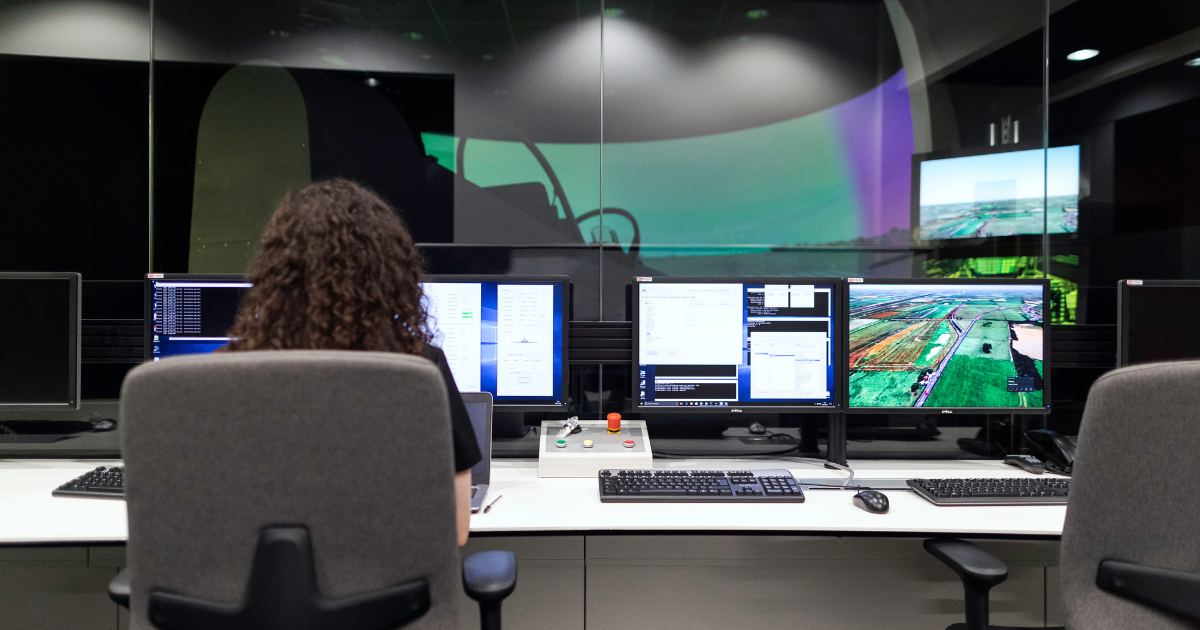Software testing is one of the most challenging and important responsibilities in the software development cycle. It is a process used to help identify the correctness, completeness, and quality of developed computer software.
Rather than limiting this to a formally technical process used to investigate and measure the quality of the developed computer software in terms of correctness, completeness, and security, it is imperative to test the software components and the software as a whole for integrity, capability, reliability, efficiency, portability, maintainability, compatibility, and usability of the software.
As a software tester, you can not test everything, but you should test enough to have confidence in your product being reliably delivered. Testers are responsible for identifying defects in the product, determining if they are valid and could be a showstopper or not. They create test plans and execute them to ensure that the software under development is ready for release. They establish verification criteria, maintain documentation, keep track of bugs and provide suggestions on improving the product. The general objective of software testing is to improve quality and reliability by finding software errors before the product is released.
Software testing is a never-ending process
Testing is a never-ending process in a positive way. Testing still continues through the software development process and beyond, even after the product has been delivered to market. It isn’t enough to have done your own testing on your work and left it at that! As you continue supporting and developing your software, new ideas and enhancements will arise which could affect any number of things within your original product. So don’t be surprised if you find yourself going back over old code again.
So, as a software tester, you should be curious and you should focus on the process in an alert mode. Software testing is a critical part of the development process. It is important to pay attention to finer details and errors in the product of the application, with the aim of finding out why doesn’t the product work as intended. It is not possible to find all the bugs that may exist, but we can stop them from releasing a product before it’s ready. The question is, can we find these bugs prior to the release, and what is their severity?
So, when to stop software testing?
There are a number of important questions that one has to ask themselves when trying to figure out when is the right time to stop testing. But perhaps the most important one is “Do we have test coverage?” Testing an application can be very complicated. It takes a lot of resources and time that could be better spent elsewhere. To make sure you are testing effectively and efficiently, you should ask yourself: “Do we have adequate test coverage?”
This can be difficult to determine. Many modern software applications are so complex and run in such as interdependent environment, that complete testing can never be done. “When to stop testing” is one of the most difficult questions for a test engineer. Common factors in deciding when to stop are:
- Deadlines (release deadlines, testing deadlines.)
- Test cases completed with certain percentages passed
- Test budget depleted
- Coverage of code/functionality/requirements reaches
- A specified point
- The rate at which bugs can be found is too small
- Beta or Alpha Testing period ends
- The risk in the project is under an acceptable limit
The decision of stopping software testing
The decision of stopping testing is based on the level of the risk acceptable to the management. As testing is a never-ending process, it can never be assumed that 100% testing has been done, only minimizing the risk of shipping the product to a client that was tested X%. The risk can be measured by risk analysis, but for small duration / low budget / low resources projects, it can be deduced simply:
- Measuring Test Coverage.
- The number of test cycles.
- The number of high-priority bugs.
With Momentum Suite, you can manage all your software testing processes. If you think you should stop your software testing process, you can control it from your favorite browser in seconds. You can also notify your team as an alert via popular tools such as Jira and Slack by integrating them into your Momentum Suite.



